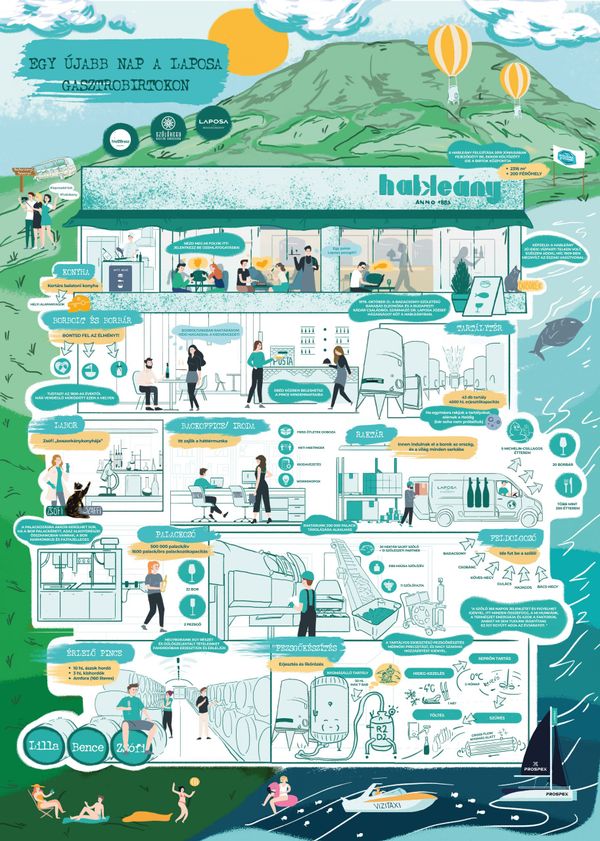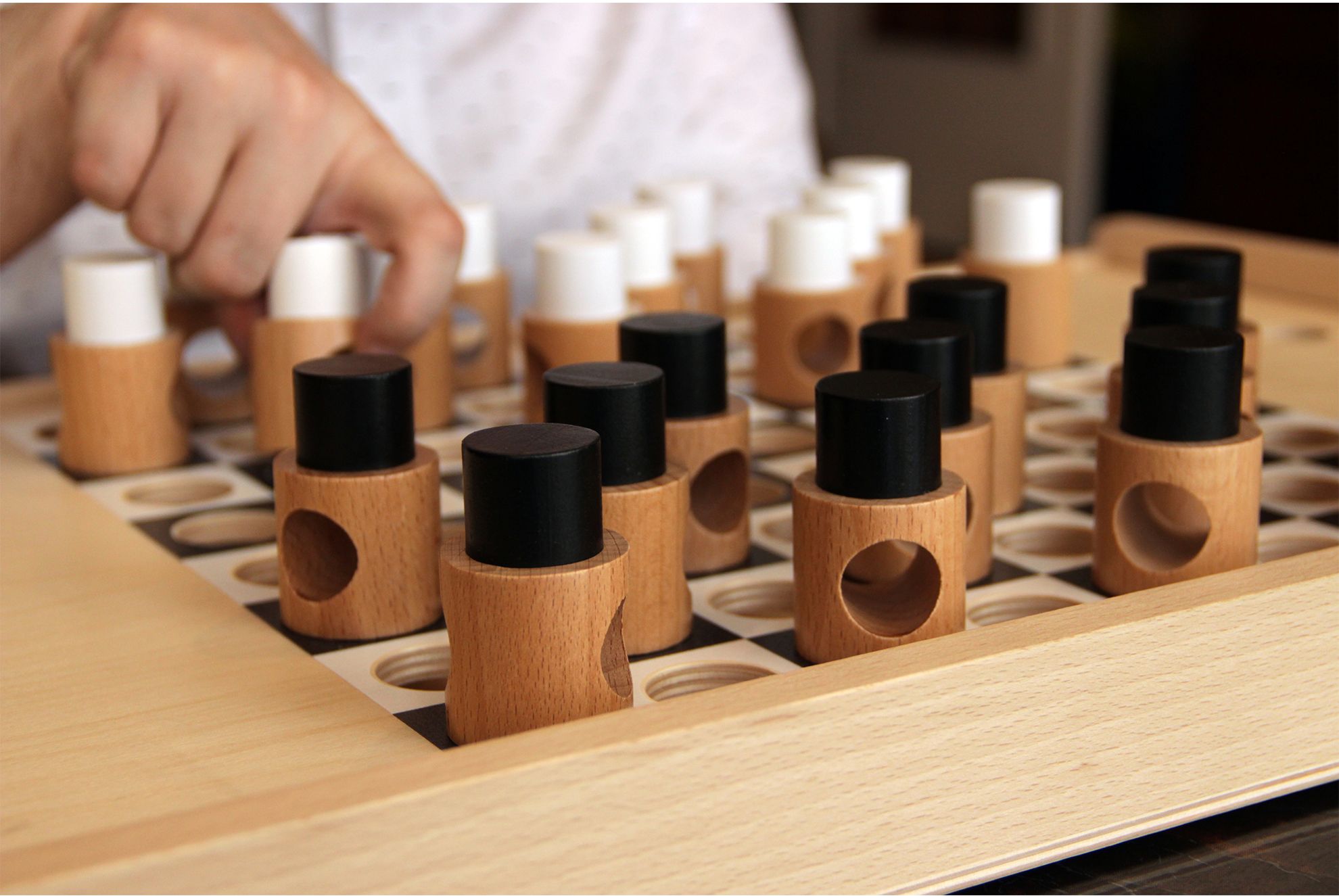Skills development and rehabilitation with games – a minimalistic set of objects evoking classic boardgames and developing dexterity was designed specifically for those suffering from a trauma of the central nervous system. Meet the boardgame created by Polish-born Weronika Banik titled DUEL!
In the latest edition of our INCLUSIVE article series we hand-pick from the works of the students of the Academy of Fine Arts in Katowice. Here comes the first part!
Weronika Banik originally wanted to become a jewelry designer, and later on she continued her studies at the department of industrial design of the Academy of Fine Arts in Katowice. Her interest in inclusive design started after she saw the Polish movie titled “Life Feels Good”, the protagonist of which suffers from a neurological disorder (cerebral palsy). “The events portrayed in the movie moved me and made me think what it could be like to be trapped in our own bodies: to think and to experience our emotions while we have no control over ourselves” – she added.
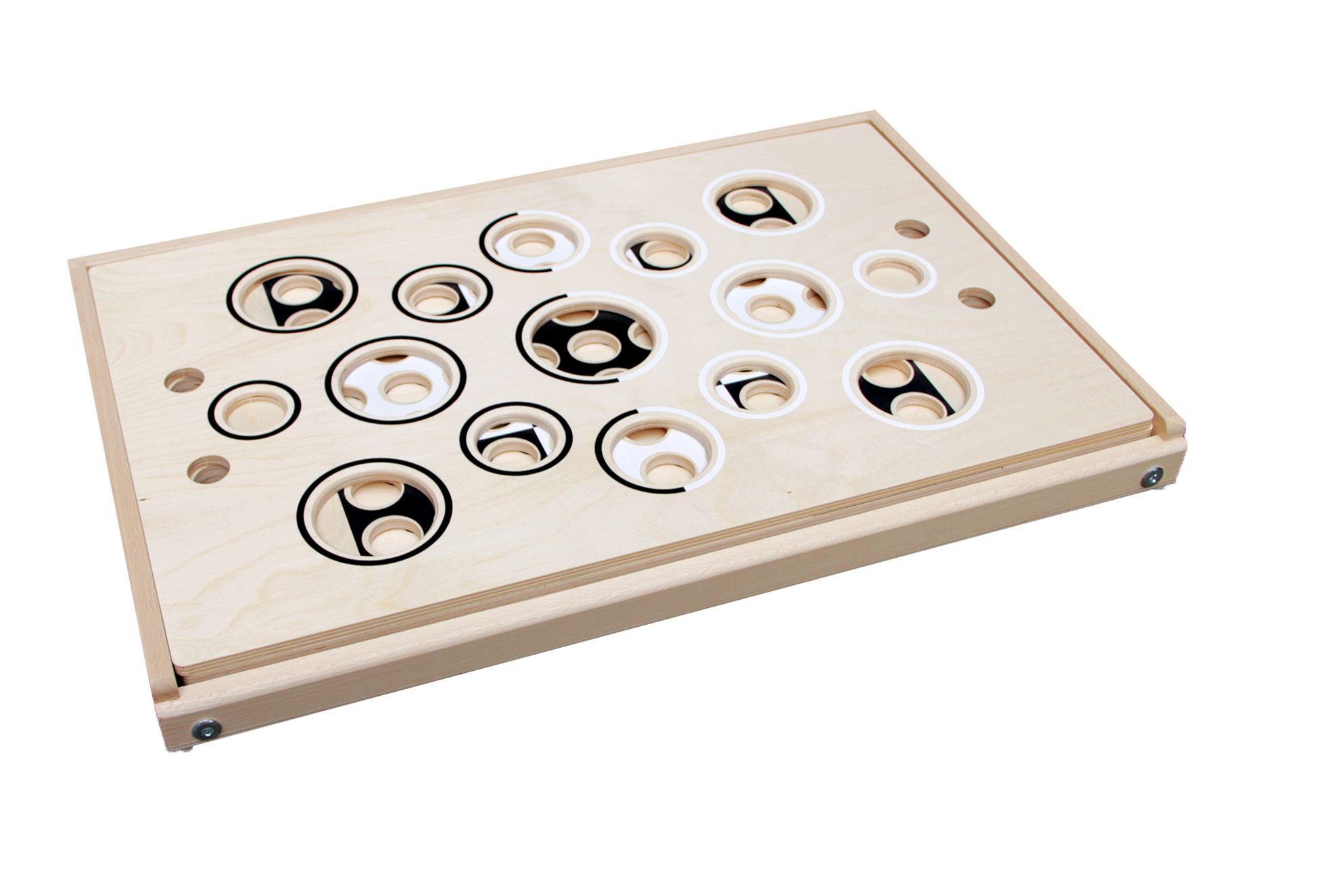
In order to gain a better understanding of the project, she volunteered at the adult care unit of the Center of Rehabilitation and Education in Katowice, where she visited the patients on a weekly basis for several months. During her time spent here, she noticed that the patients of the adult care unit spend most of their time next to a table in a community space, however, the institution could only provide them with tools designed for children, which proved to be a general and global problem later on. “How would you feel if someone told you that you have to practice and develop your skills with kids’ toys?” – asked Veronika. Then she continued: “I decided that I wanted to create an opportunity for those suffering from a neurological disorder to be able to rehabilitate themselves with the help of age-appropriate toys.” This is how the creation of the boardgame titled DUEL started.
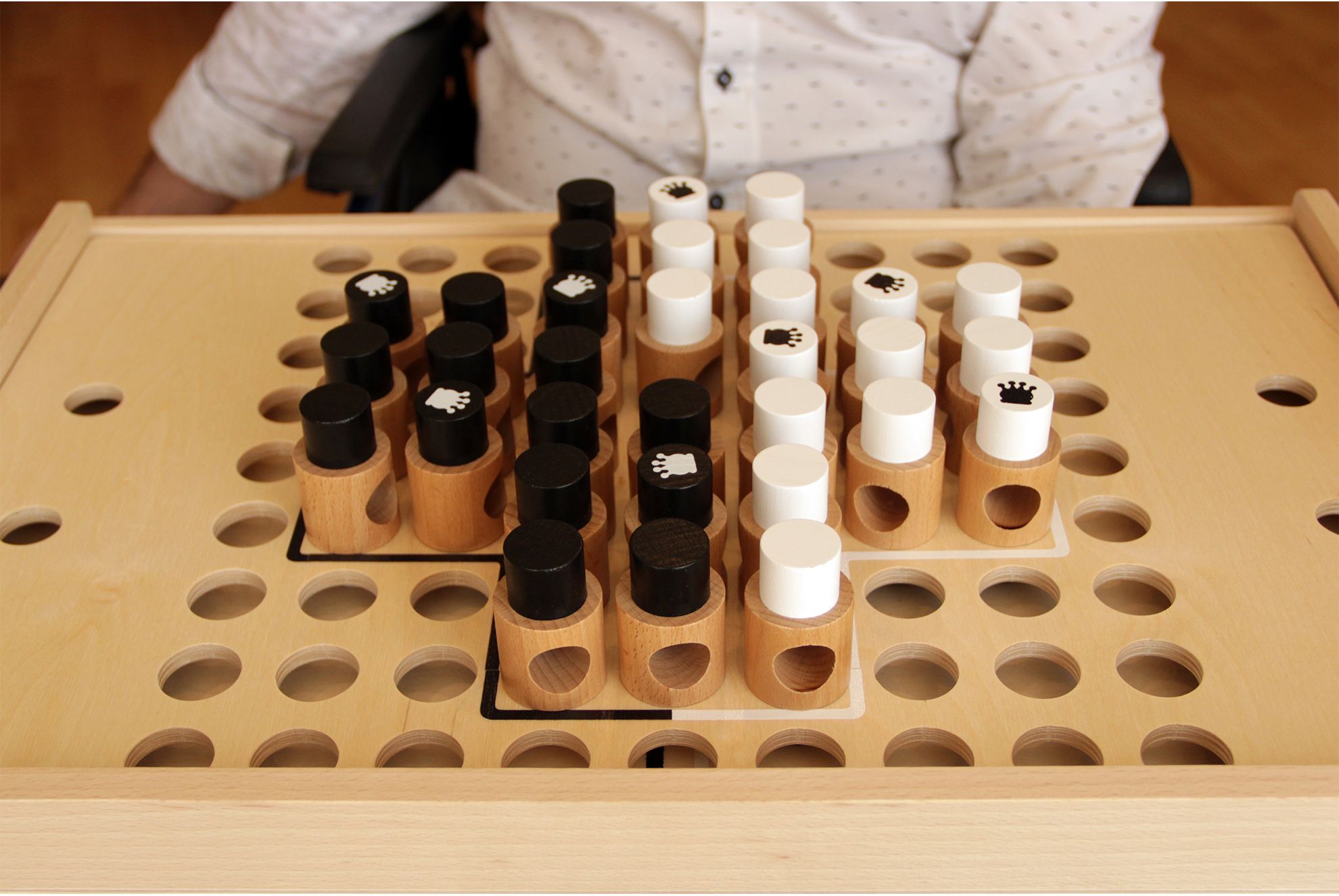
DUEL is essentially several classic boardgames in one, without any specific rules. It uses natural materials, and its black and white colors evoke the design of chess, Othello, Quartetto, OXO (or tic-tac-toe) and Sudoku. The name of the object set is no coincidence either, it comes from the English word duel, symbolically alluding to the impact on the skills of the user.
“My goal was not to create a completely new game. I wanted to make the games with already known rules and which were hard or impossible to play for those with neurological disorders accessible” – Weronika highlighted.
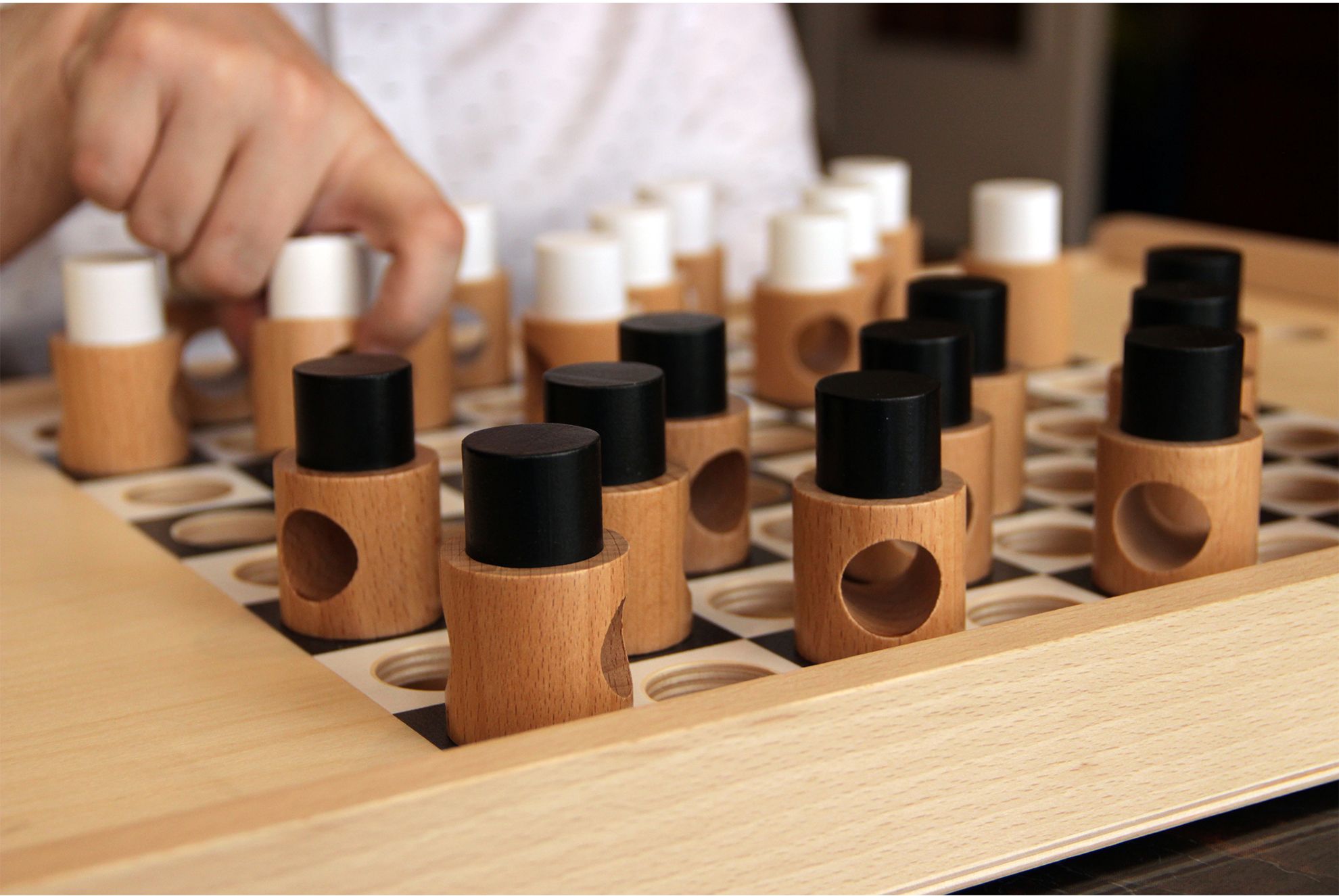
The main element of the game is a wooden board, the size of which was determined by how the user can reach the certain elements by always keeping them at hand. The patients can play with the red balls forming part of the set, but can also set up various targets for themselves, thus making the game more difficult.

Another element of the DUEL set is the board with holes, also serving to develop brain activity, to carry out so-called lateralization (right-left) practices. The user can freely roll the balls between the holes, and may even put them in or take them out.
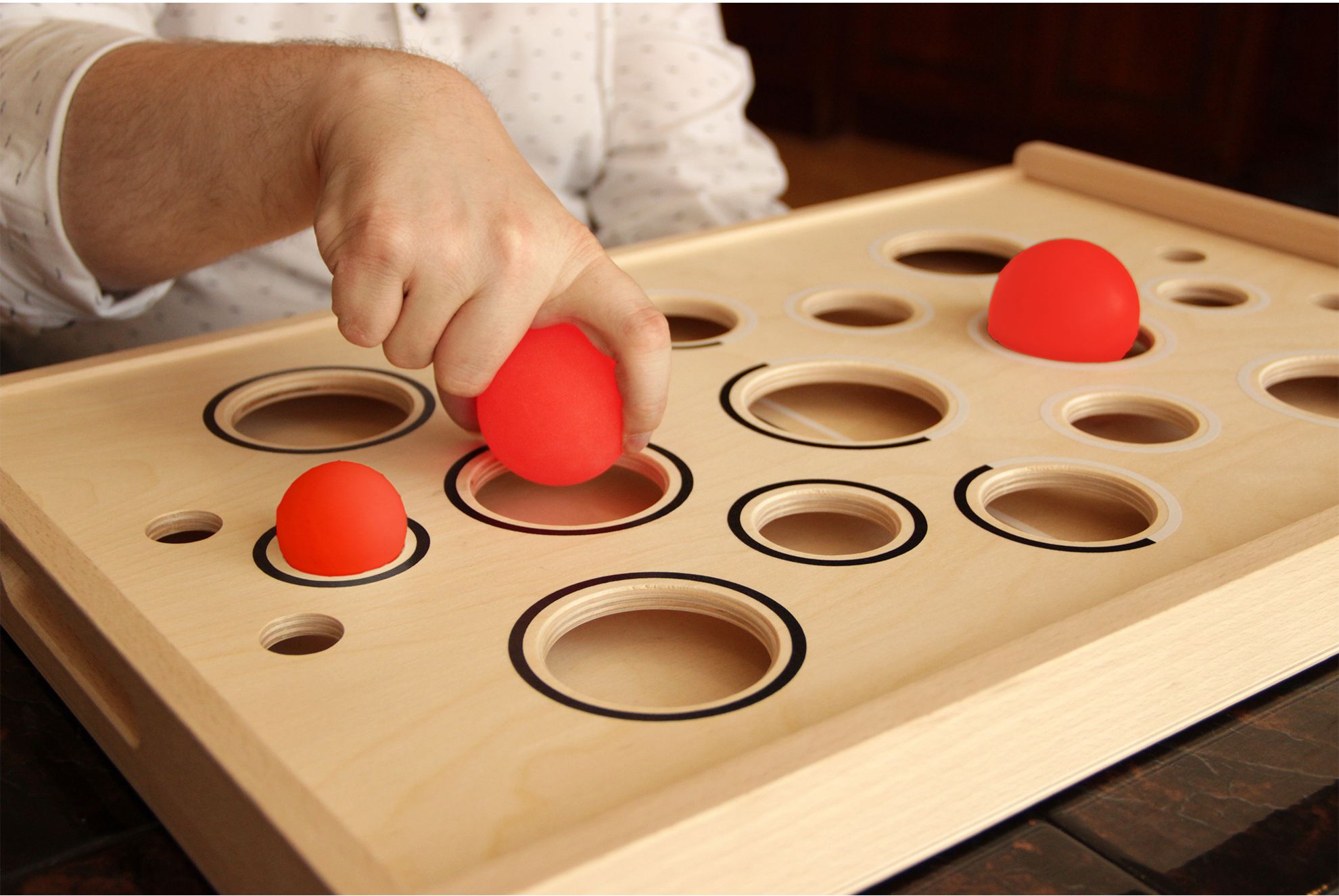
The set also includes two two-sided boards, one with 8×8 division, and the other with an odd 9×9 arrangement. DUEL’s figures can be inserted into these boards, which are outfitted with holes designed for the fingers, so that they can be grabbed and moved more easily.
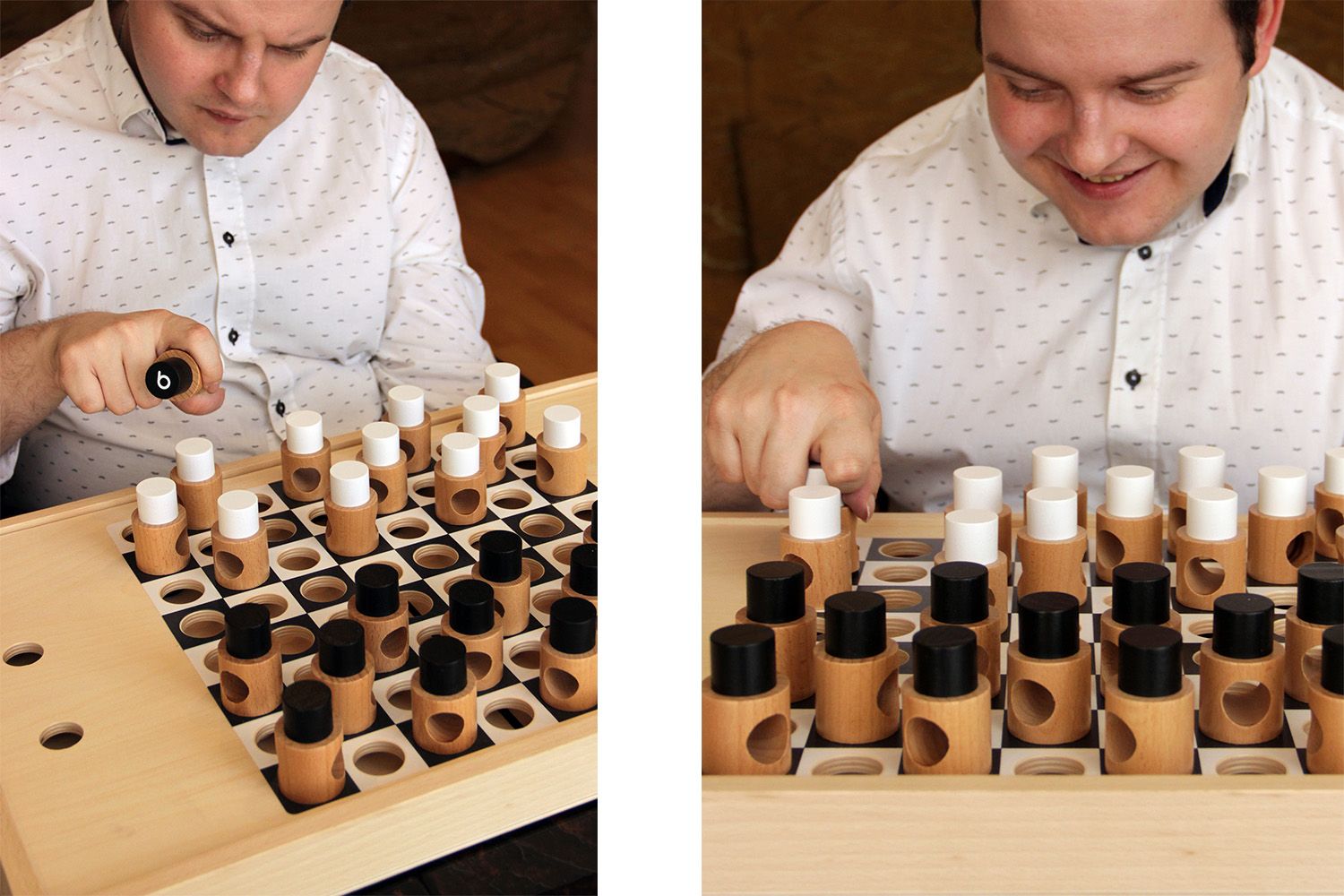
DUEL is not only suitable for people with disabilities, but for children, the elderly and people without disabilities, too. Even though the boardgame is only a prototype, Weronika is already working on releasing it on the market. We hope we can see it on the shelves of stores soon!
Weronika Banik | Behance
Academy of Fine Arts in Katowice | Web | Facebook | Instagram
Our INCLUSIVE article series presents projects that raise awareness to the society-shaping role of design and that promote the social visibility of people with disabilities and their self-determination through the means of inclusive design.

Indulj el!
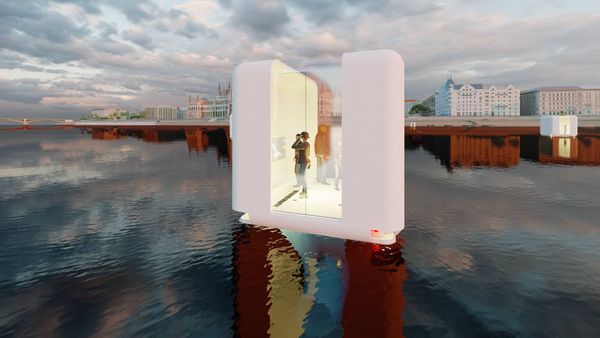
Sustainable water taxi on the Danube
